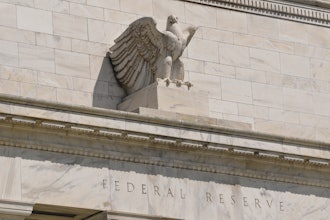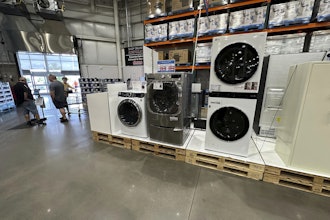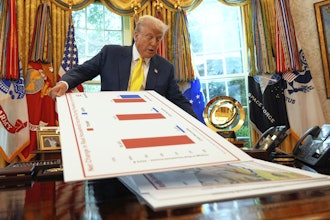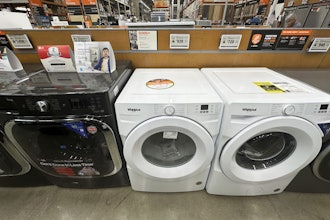Oil prices rose above $105 a barrel Wednesday amid expectations that an improving U.S. economy will eventually boost crude demand.
By early afternoon in Europe, benchmark oil for April delivery was up 40 cents to $105.10 in electronic trading on the New York Mercantile Exchange. The contract fell $2.02 to settle at $104.70 per barrel in New York on Tuesday.
In London, Brent crude was up 78 cents at $122.76 per barrel on the ICE Futures exchange.
Crude has jumped from $75 in October because of diplomatic tensions with Iran, a major oil producer, and as U.S. economic indicators including employment have slowly improved over the last few months.
The government is scheduled to announce February jobs figures on Friday.
Some analysts are worried higher fuel costs will undermine consumer spending and economic growth while others say the economy is strong enough to absorb the higher prices.
"We are watching crude oil rise because this is what happens when economies grow," said Carl Larry of Oil Opinions and Outlooks. "$100 crude or $140 crude are not going to slow economic growth."
Others were less buoyant.
"A few Wall Street financial institutions have started to push the concept that crude oil is not at $125 a barrel because of geopolitical events but because of very strong demand," said Olivier Jakob of Petromatrix in Switzerland. "The very strong demand is, however, in our opinion, not very visible."
Crude rose above $110 last week but retreated from that level after Iran agreed Tuesday to let international nuclear inspectors into its facilities. Western powers have confronted Iran in recent months over its nuclear program and Iran has threatened to shut off a strategic waterway for oil tankers. The announcement eased concerns about a possible disruption to oil supplies around the globe.
"The supply risks generated by the Iran crisis continue to lend support to prices and are thus preventing any sharper price slump," said a report from Commerzbank in Frankfurt, while clarifying at the same time that "there is still no evidence of any tightening of supply."
The latest report on U.S. crude supply data suggests demand in the world's biggest economy is sluggish.
The American Petroleum Institute said late Tuesday that crude inventories rose 4.6 million barrels last week while analysts surveyed by Platts, the energy information arm of McGraw-Hill Cos., had predicted an increase of 2 million barrels.
Inventories of gasoline fell 2.3 million barrels last week while distillates rose 924,000 barrels, the API said.
The Energy Department's Energy Information Administration reports its weekly supply data — the market benchmark — later Wednesday.
In other energy trading, heating oil rose 0.98 cent to $3.1980 per gallon and gasoline futures added 2.99 cents at $3.2598 per gallon.
U.S. natural gas fell below a 10-year low Wednesday, giving up 4.2 cents to $2.314 per 1,000 cubic feet. Prices have tumbled as a production boom and a relatively warm winter in the U.S. added supplies at a time when demand was weaker than normal.
___
Alex Kennedy in Singapore and Chris Kahn in New York contributed to this report.




















